Home > Climate News >

EV Stations Complete
“Mendocino County is on the road to a cleaner and more sustainable future with the installation of 13 new electric vehicle charging stations along the coast and in Willits. Thanks to a $498,040 grant from the California Energy Commission awarded to Mendocino Land Trust in 2014, a string of new electric vehicle charging stations are up and running.”
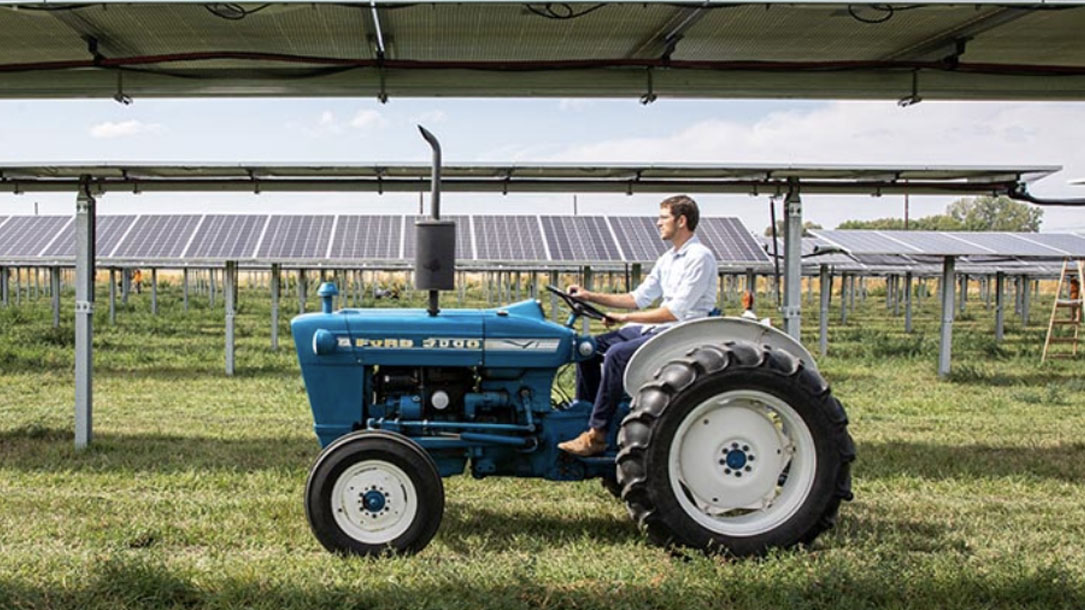
Largest agrivoltaic research project in U.S. advances renewable energy while empowering local farmers
Jack’s Solar Garden, a 1.2-MW solar farm in Boulder County, Colorado, is unique in that it represents the largest agrivoltaic research project in the United States and encompasses four types of vegetation at a single site.
According to [Byron] Kominek, he wanted the farm to be “a model for other small farms that want to keep their soils productive while taking advantage of the economic benefits that clean energy production can provide.”
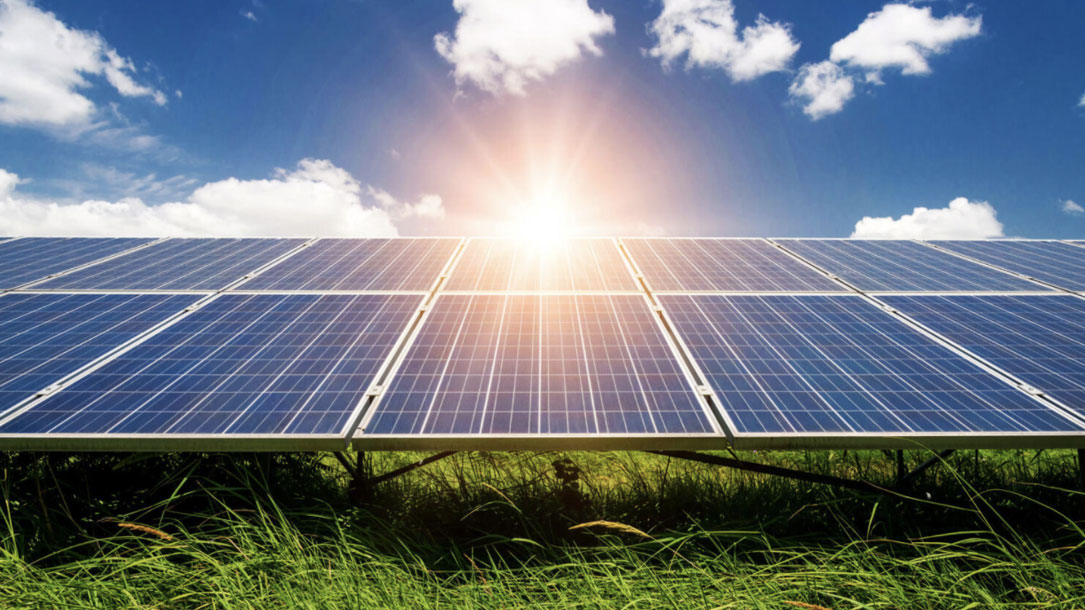
A solar energy toolkit for your community
“The Hudson Valley can serve as a model for how a region can effectively respond to climate change. Scenic Hudson’s How To Solar Now toolkit supports communities in a rapid transition to a sustainable, low carbon region increasingly powered by clean, emissions-free renewable energy while also protecting and preserving our invaluable scenic, historic, agricultural, environmental and economic resources.”
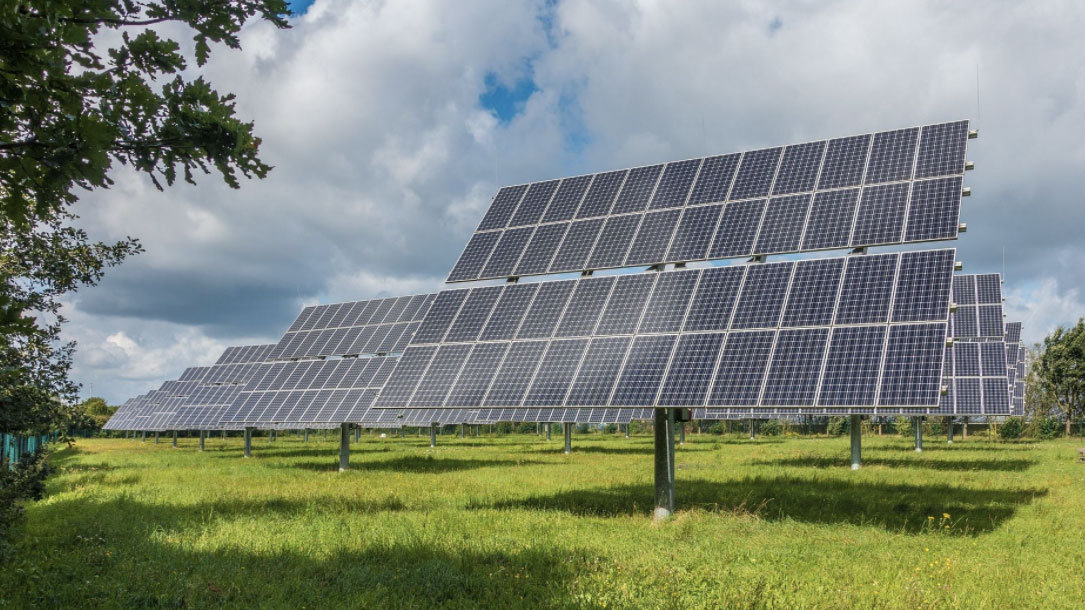
Utility-scale solar energy can be a tool for conservation, economic development
To put it plainly, these proposed projects will not destroy the natural environment nor negatively impact the watershed if they are approved and built in line with Linn County’s existing ordinance for solar energy projects. In fact, with a diverse mix of native grasses and wildflowers cultivated on-site, these proposed projects can significantly improve water quality, reduce soil erosion, and provide habitat for wildlife and pollinators, going a long way to restore Iowa’s landscape.
Furthermore, by using wildlife-style fencing instead of traditional chain link fencing, these sites can be a home for upland nesting birds such as ring-necked pheasants, quail, and other grassland birds like the dickcissel…

New recycling techniques set to make electric vehicles greener
Researchers in Britain and the United States have found ways to recycle electric vehicle batteries that can drastically cut costs and carbon emissions, shoring up sustainable supplies for an expected surge in demand.
The techniques, which involve retrieving parts of the battery so they can be reused, would help the auto industry tackle criticism that even though EVs reduce emissions over their lifetime, they start out with a heavy carbon footprint of mined materials…

AFT welcomes solar and conservation specialist
American Farmland Trust welcomes Ethan Winter as the Northeast Solar Specialist. In this role, Winter will work across regional and national programs to help set and implement AFTs strategy for solar energy generation and farmland conservation. Winter joins AFT with an extensive background in solar development throughout the Northeast.

Restoration and solar team up
For over a year now, much of the SunCommon team has been working remotely, and all-staff gatherings have been suspended. But graced with good weather and increased access to vaccines amongst [their] staff, [they] paused operations for a day to give each other the opportunity to reconnect after a year apart, provide service to our community, and expand [their] mission impact by planting carbon-sequestering trees.
Check out the projects and organizations they worked with…
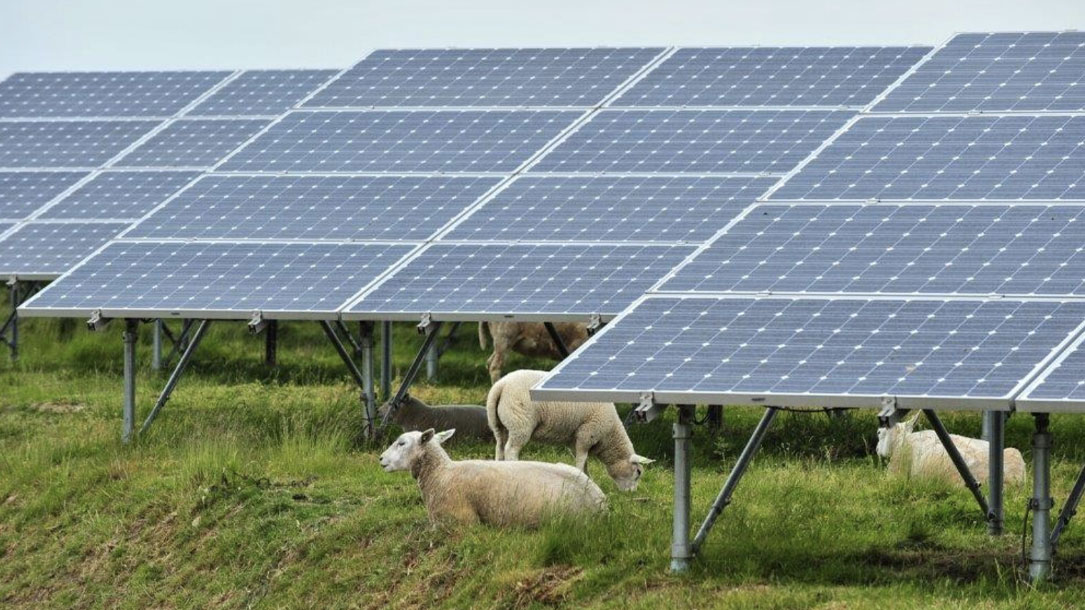
How solar energy can coincide with crop and animal agriculture
We’ve devoted millions of acres of land to growing crops and allowing farm animals to graze. Now, that land used for agriculture can have a dual purpose — to harness the sun’s rays and provide energy.

The future of solar relies on synergies between renewables development and the environment
As corporations and utilities continue to look to renewable energy to help them reach sustainability and renewable portfolio standard (RPS) commitments, solar development has flourished. According to the U.S. National Renewable Energy Laboratory, it’s predicted that utility-scale solar sites are on track to occupy nearly 2 million acres in the United States by 2030.
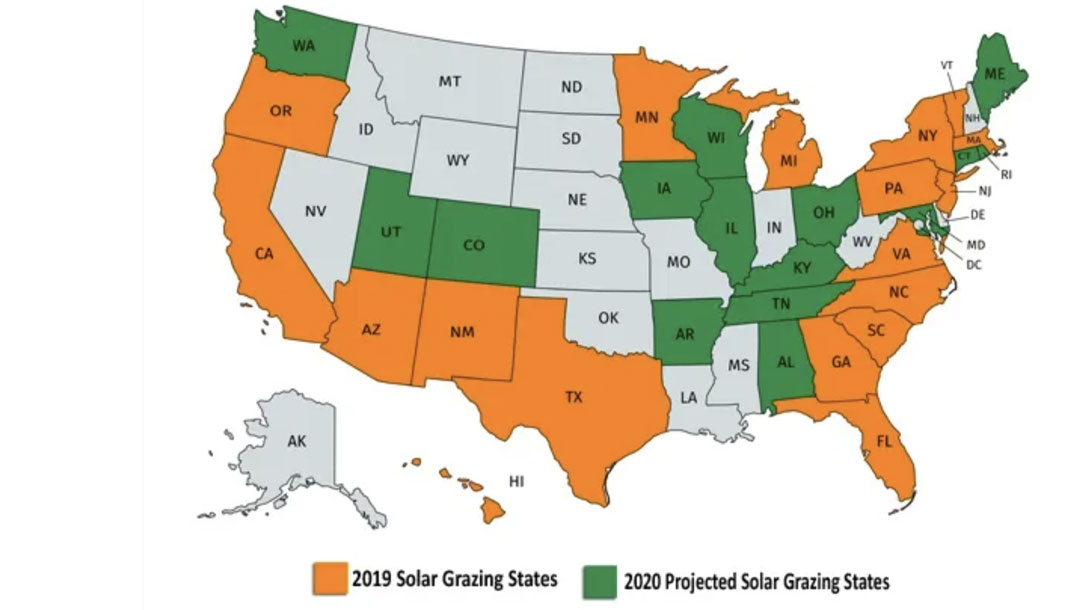
Solar grazing: A new income stream for livestock producers
Utility-scale solar arrays may cover 3 million acres across the U.S. by 2030, according to the National Renewable Energy Lab (NREL). This is causing tension with farmers and farmland advocates, as the panels are often sited on good agricultural land, displacing current production.
One solution is to restrict solar developments from being installed on farmland. But there are other solutions worth pursuing, too. Most large-scale solar arrays are located in rural areas where economies are hurting and farmer numbers are dwindling…












